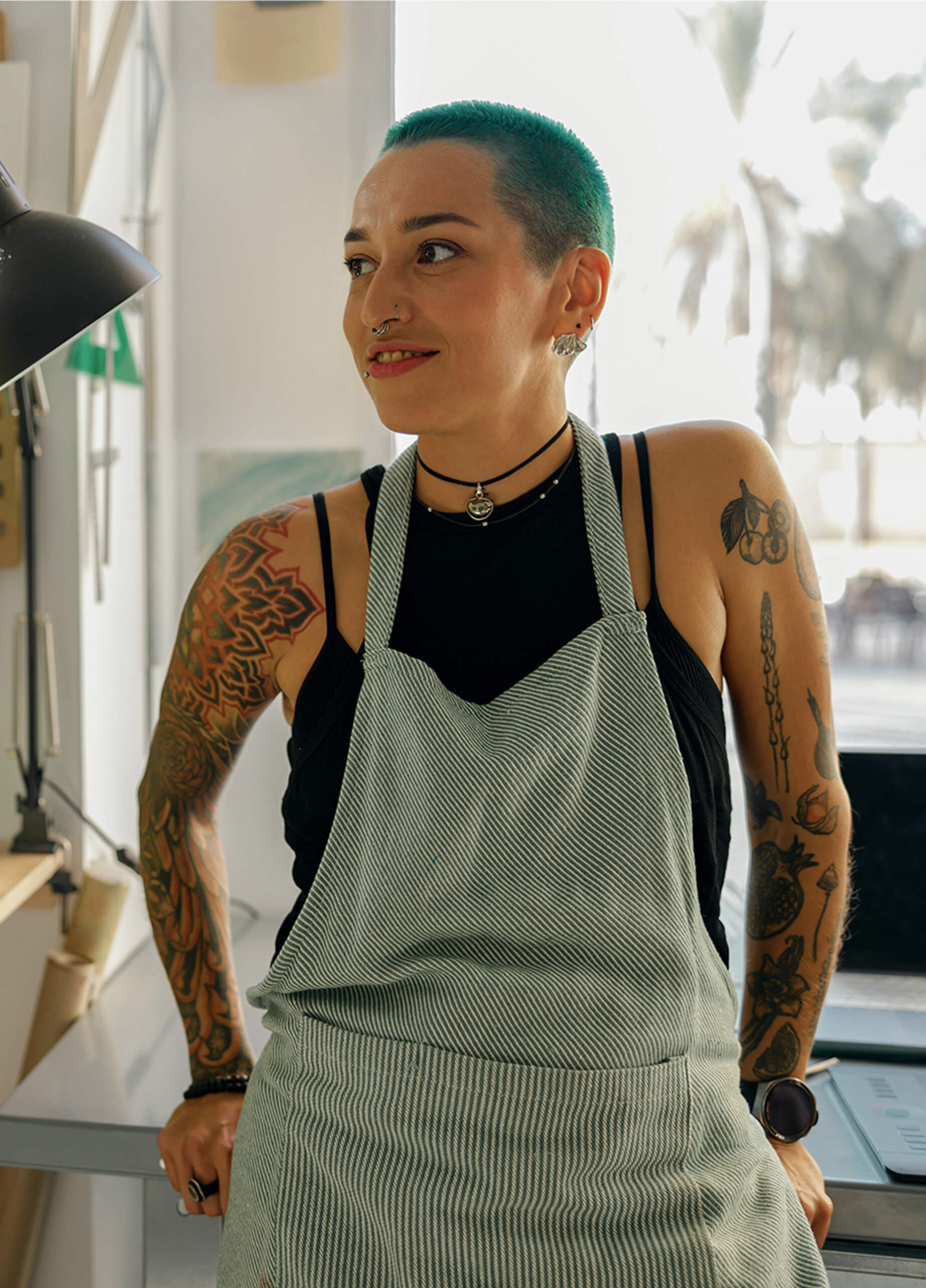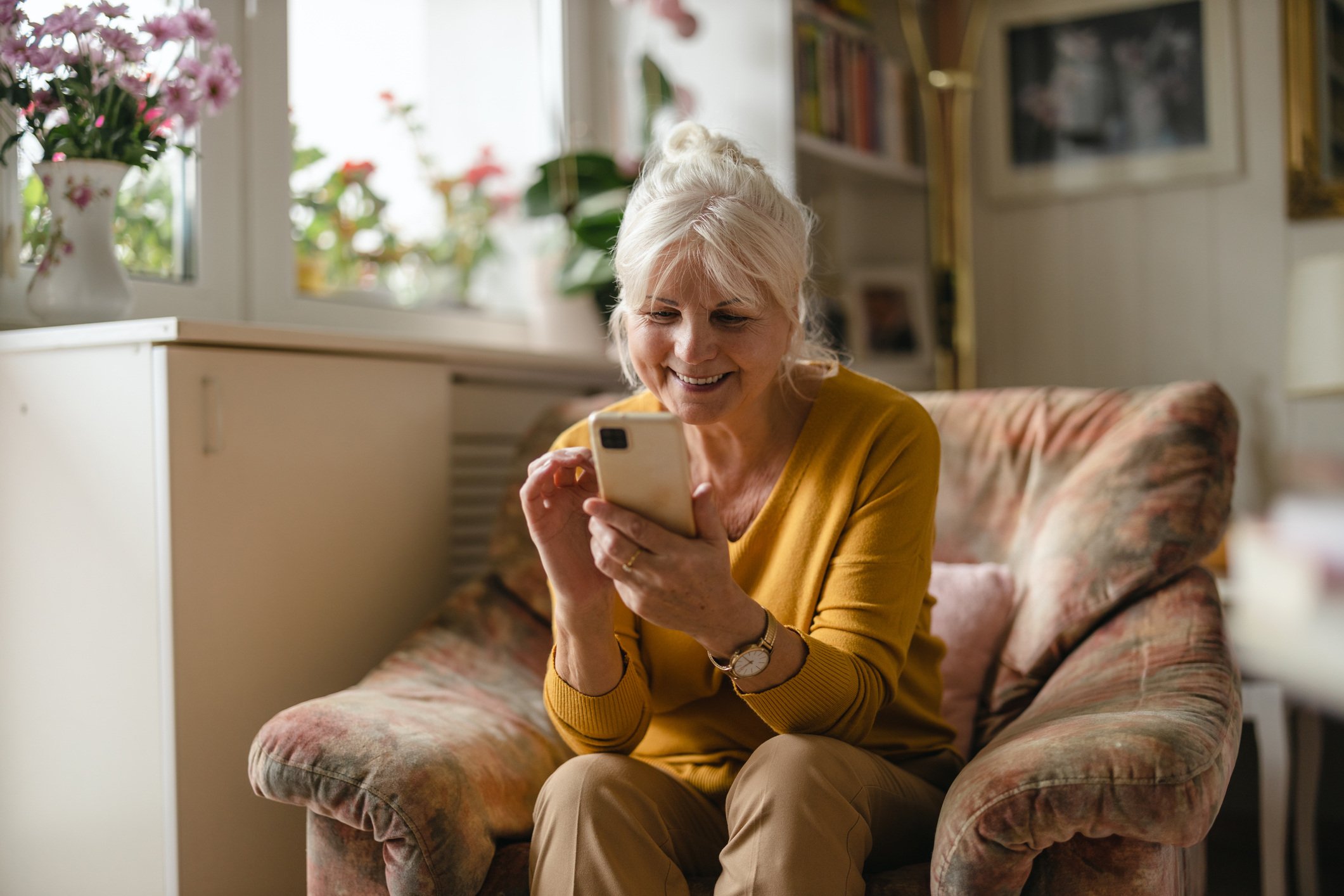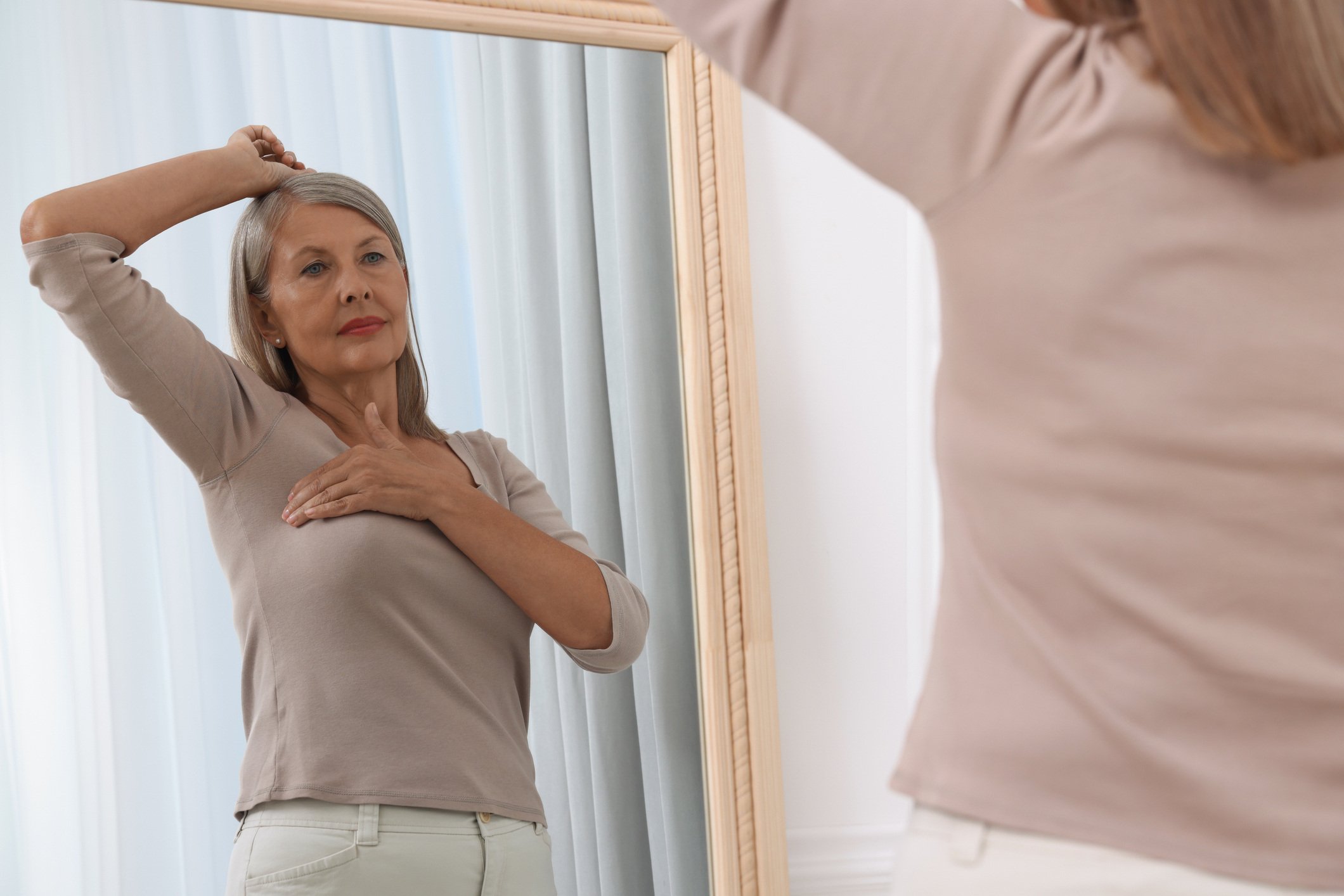


Understanding Breast Cancer
What Is Breast Cancer? Symptoms, Risk Factors, and Prevention
What Is Breast Cancer?
Breast cancer happens when abnormal cells in the breast grow uncontrollably, forming a lump or growth. Although most common in women, breast cancer can also affect men. In the UK, one in seven women will develop breast cancer in their lifetime, with older women being more at risk.
If you have a family history of breast cancer, your risk may be higher. However, most women with a close relative who has breast cancer will never develop the condition. Speaking to a GP or clinician about your family history is important as you may qualify for additional screenings if you’re at greater risk.

How to Reduce Your Risk of Breast Cancer
While it’s impossible to eliminate the risk entirely, there are lifestyle changes that can significantly lower your chances of developing breast cancer.
Quit Smoking: Smoking is a known risk factor for breast cancer. Quitting can help protect your health.
Hormonal Medications: If you're using hormonal contraceptives or hormone replacement therapy (HRT), speak to a GP or an Advanced Clinical Practitioner (ACP) about how these might impact your risk of breast cancer.

How to Check Your Breasts for Signs of Breast Cancer
Regular breast self-checks are a key part of early detection. Learning what looks and feels normal for your breasts can help you spot changes early.
What to Look For:
- Changes in the size or shape of your breasts.
- Skin changes such as dimpling, redness, or rashes.
- Changes to your nipple, such as inversion or unusual discharge.
What to Feel For:
- Lumps or swelling in the breast tissue.
- Tenderness or lumps near the collarbone or underarm area.
Aim to perform a self-check once a month, covering your entire breast area, including up to the collarbone and under your arms. If you notice anything unusual, it’s essential to book an appointment with a GP or clinician.

When Should I See a Clinician?
Early detection of breast cancer saves lives. If you notice any unusual changes to your breasts, don’t delay seeking medical advice.
Speak to a doctor or ACP if you:
